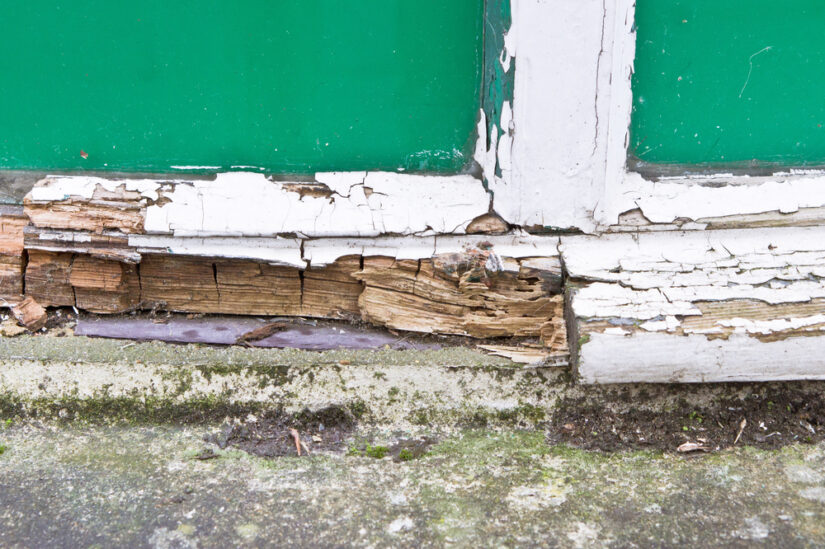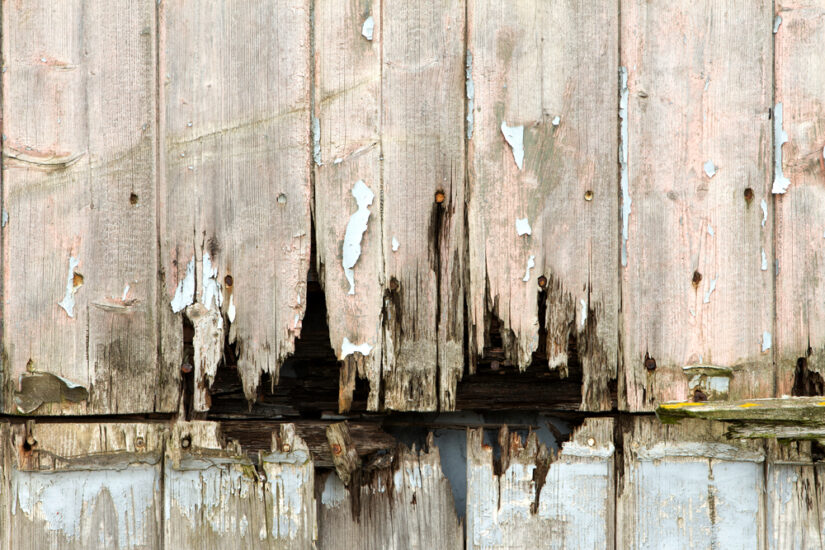
Homeowners often face various challenges when maintaining their properties, and dry rot can be a particularly insidious problem. As a form of wood decay caused by certain types of fungi, dry rot can compromise the structural integrity of a home. This raises a crucial question for homeowners dealing with this issue: Does home insurance cover dry rot repair? The answer largely depends on the specifics of the insurance policy and the underlying causes of the damage.
Not all insurance policies provide coverage for dry rot repair. Coverage typically hinges on whether the dry rot can be attributed to a covered peril. For instance, if a sudden and accidental event like a burst pipe leads to moisture build-up that causes dry rot, the repair costs might be covered. On the other hand, damages due to long-term neglect or poor maintenance are often not covered.
Dry rot repair costs can be significant, making it essential for homeowners to understand their insurance policies thoroughly. Knowing what is covered can help in planning for potential out-of-pocket expenses and ensure that necessary maintenance is carried out to prevent such issues from developing. Reading further into the policy details and consulting insurance providers can provide clarity and avoid unexpected financial burdens if you need to get dry rot repair help in Seattle.
Understanding Home Insurance Coverage
Home insurance provides financial protection against various incidents. It is crucial to grasp what is typically covered by standard policies and recognize that specific situations like dry rot might require additional focus.
Basics of Home Insurance
Home insurance is designed to safeguard homeowners against unexpected damages to their property. Policies usually cover structural components, personal belongings, and liability for injuries that might occur on the property. Premiums vary depending on coverage limits, location, and property value.
Dry rot may or may not be included, depending on the policy specifics. These policies typically do not cover damages resulting from neglect or lack of maintenance. Homeowners must maintain their homes to ensure coverage eligibility.
What Does Standard Home Insurance Cover?
Standard home insurance commonly encompasses several key areas. Dwelling coverage protects the house structure against risks like fires or hailstorms. Contents coverage offers protection for personal belongings from theft or certain types of damages.
Liability coverage is also included, providing financial protection if someone is injured on the property and decides to sue. Some policies might offer additional living expenses if the home becomes uninhabitable due to a covered event.
Dry rot presents a unique challenge. It often is classified as a maintenance issue, which standard policies might not cover. Homeowners need to review their specific policy terms or consider additional coverage for complete protection.
Dry Rot Damage and Insurance
Dry rot is a type of decay that affects wood, leading to structural problems. Home insurance policies vary in their coverage for dry rot damage, often depending on the cause and conditions that led to the issue.
Defining Dry Rot
Dry rot is a fungal decay affecting timber. It occurs when wood is exposed to moisture, creating an environment for the fungus Serpula lacrymans to thrive.
The fungus breaks down the cellulose in the wood, leading to weakening and crumbling. This damage is significant in structures where wood stability is critical, such as beams and floorboards.
Identifying dry rot early is crucial. It often appears as an off-white, cottony growth and may emit a musty odor. It’s essential to locate and fix the moisture source to prevent further damage.

Is Dry Rot Covered by Home Insurance?
Coverage for dry rot under home insurance depends largely on the policy details and the rot’s origin. Generally, insurance might cover sudden and accidental water damage that leads to dry rot.
Routine maintenance issues that result in rot, however, are usually not covered. Policies often exclude damages from gradual leaks or neglect.
Some policies offer specific endorsements for fungal decay, which might include dry rot. It’s crucial for homeowners to review their policies and consult with their insurers to understand their specific coverage options for dry rot.
Limitations and Exclusions
Home insurance policies typically include exclusions that impact dry rot coverage. Damage resulting from poor maintenance or owner negligence is often not covered. Common exclusions include:
- Gradual leaks or unattended water ingress
- Pre-existing conditions or damage
- Routine upkeep failures
Additionally, there may be limits on how much a policy will pay for dry rot repair, even if covered. Homeowners should check their policy terms and consider riders or additional coverage to address potential inadequacies related to dry rot damage.
Repairing Dry Rot Damage
Dry rot is a serious issue that can compromise the structural integrity of a home. It is essential to detect it early and address it promptly. Knowing whether to hire a professional or tackle it as a DIY project can impact costs significantly.
Identifying Dry Rot in Your Home
Detecting dry rot involves looking for telltale signs such as a damp, musty smell, and cracking of wood surfaces. Rot often appears in areas with poor ventilation or excess moisture, like basements or attics.
Inspecting these areas regularly can help catch issues early. If the wood is discolored or easily crumbled, further evaluation is needed. Homeowners should also check areas around plumbing fixtures or roofing for hidden damage.
Professional Repairs vs. DIY
Deciding whether to hire a professional or do it yourself depends on the extent of the damage and personal expertise. Professional repairs often offer a comprehensive solution, including moisture control and structural reinforcement.
For minor cases, a DIY approach using wood hardeners and fungicides might suffice. Individuals considering a DIY project must ensure they have the necessary skills and tools. Incorrect repairs could result in further damage and increased costs.
Cost and Repair Considerations
Repair costs vary based on damage severity and method. Professional services may range from a few hundred to several thousand dollars, depending on the complexity and location of the repair.
Homeowner’s insurance may cover dry rot repair if the damage results from a covered peril, requiring confirmation from the insurance provider. Detailed cost estimates and a thorough understanding of the policy can aid in decision-making and financial planning.